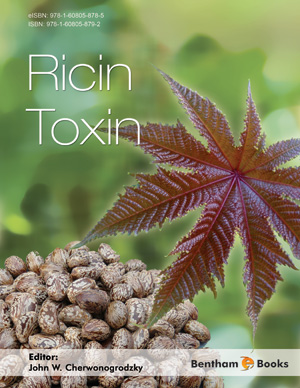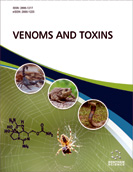Abstract
Castor beans, from 10 different cultivars of Ricinus communis, were acquired from different commercial sources from three different countries. Ricin was extracted from 25 grams of beans from each cultivar. Resulting toxin yields varied from negligible to relatively high. Two methods of extraction were used, with one method yielding on average 7-fold more toxin than the other. Reducing SDS-PAGE showed that most of the ricin extractions had not only the A and B chains, but also additional bands of comparable molecular weights similar to those noted in the historical literature. Results from intra-peritoneal injection (i.p.) of mice, given the same amount of ricin extracted from different cultivars, varied in toxicity up to 10-fold. Regardless of the different sources of ricin, both polyclonal goat anti-ricin antisera and monoclonal mouse antibody (mD9) inhibited all of these, rescuing mice from 5 LD50 of toxin when given via i.p. an hour later.
Keywords: Castor plant, cultivars, ricin, extraction methods, polyclonal, monoclonal, antibodies, rescue, generic therapy.



